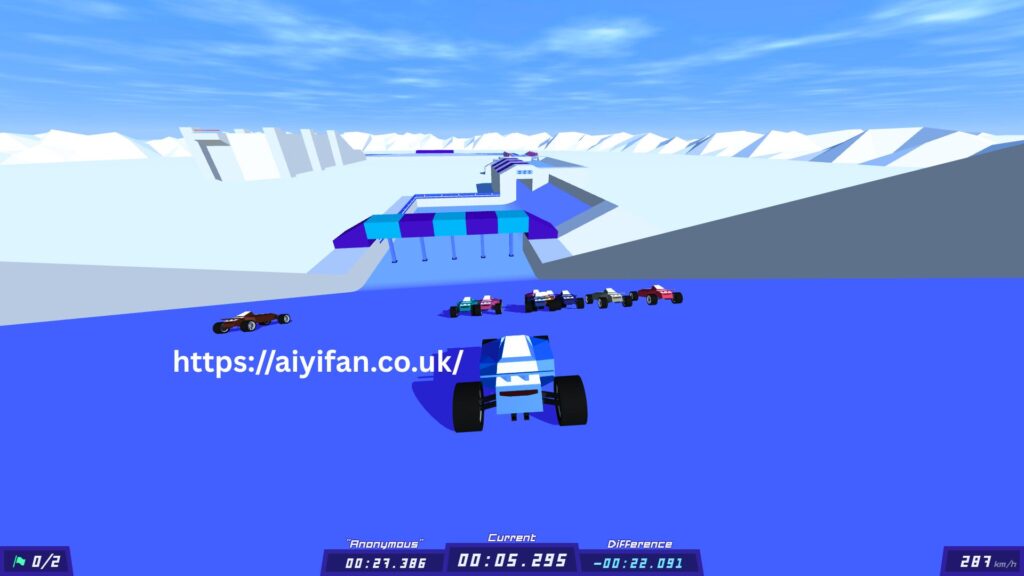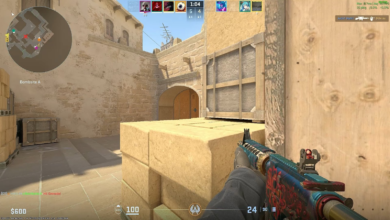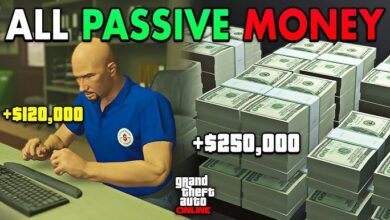Polytrack A Real Ground-Level Look at the All-Weather Racing Surface

I’ll be honest: I’ve spent afternoons watching horses glide across a Polytrack in mist or drizzle something about the way that wax‑coated surface stays consistent, even when the turf gets sloppy, always struck a real chord with me. There’s comfort and a surprising kind of poetry in that constancy. Let me walk you through what Polytrack is, why it matters, how it compares with its peers, and what it means to the horses and people who know it best.
What Is Polytrack, Really?
Pull yourself up close to the rails and you’ll see a grainy yet uniform surface sand mingled with bits of recycled materials (carpet fibers, spandex, rubber), all coated in wax. Think of it as a quilted mix, forgiving beneath the hooves. Under the top layer lies a built-in drainage system gravel, membranes all to keep water from pooling and make bad weather less of a headache.
Why It Matters Horses, Trainers, Race Days
This isn’t just about keeping races on schedule it’s horse welfare. In North America, synthetic surfaces like Poly track record fewer fatal injuries per 1,000 starts than dirt or turf: around 1.10 on synthetics, versus 1.81 on dirt and 1.37 on turf . And UK findings? Mixed turf sometimes edges out synthetic, but winter weather changes the game.
If you ask a trainer who’s walked on both, they’ll tell you that a Polytrack keeps its shape whether it’s near freezing or just damp unlike dirt, which gets muddy and heavy. That consistency helps them plan workouts, pace horses, and feel a steady rhythm without worrying about hidden dips or slope shifts in the footing.
Where You’ll Find Polytrack
At Lingfield Park in the UK, horses gallop all winter on Polytrack visible, and beautifully steady all year long. Around the globe, it’s found at Kempton, Chelmsford City, Dundalk in Ireland, and even in France and South Africa .
In the U.S., tracks like Arlington Park invested heavily in Polytrack back in 2007 for safety reasons but not every surface stays forever. Keeneland switched back to dirt in 2014, partly because dirt races attract bigger attention like the Breeders’ Cup, and trainers had preferences rooted in tradition.
How It Compares to Tapeta and Traditional Tracks
Let me be clear: Tapeta is another synthetic cousin also wax-coated sand with fibres and rubber but it behaves differently, especially in heat. Poly track can feel sticky or stiff when temps rise, more so than Tapeta.
Dirt tracks feel faster, yes but they shift with moisture and weather. Turf, meanwhile, is beautiful but tricky: too wet, too dry, and things get dicey for the horses and trainers alik
The Human and Horse Angle
Let me tell you about a crisp morning at Lingfield I’d gone early to see the sun rise over the Polytrack. Trainers jogging their horses, barely a splash of mud, even though overnight rain had been steady. The jockeys smiled at how the surface stayed true. One rider told me, “It’s the same track at dawn as at dusk that’s a gift when you’re asking a horse to push on for a win.”
Health, Safety, and Long-Term Trust
Racehorse legs carry enormous loads sometimes more than five times body weight on a turn. If something’s too soft, too hard, or inconsistent, injuries climb fast. Synthetic surfaces like Polytrack help reduce that risk by smoothing the impact but they’re not magic. Maintenance matters. Wax wears down. Conditions shift. And there’s always debate: some trainers think synthetics dull horses or lead to soft-tissue strain.

Polytrack in Numbers, by the Numbers
- Fatality rate: ~1.10 per 1,000 starts on synthetic vs. 1.81 on dirt (NA data).
- Climate resilience: Holds well in rain, cold it doesn’t puddle like turf or dirt.
- Consistency: Trainers say footing doesn’t drastically change from morning to afternoon big win for planning and safety.
Wrap-Up Thoughts
There’s something deeply human about trusting the ground beneath especially when that ground means the difference between a win or an accident. Polytrack stands there like a friend in a storm, steady and predictable. It doesn’t pretend to be better than turf or dirt; it just offers a different, reliable path when nature threatens the schedule. Horses deserve a safe footing. Jockeys want something they can trust. Owners and trainers need predictability. And when it comes together, racing doesn’t feel mechanical it feels honest.





